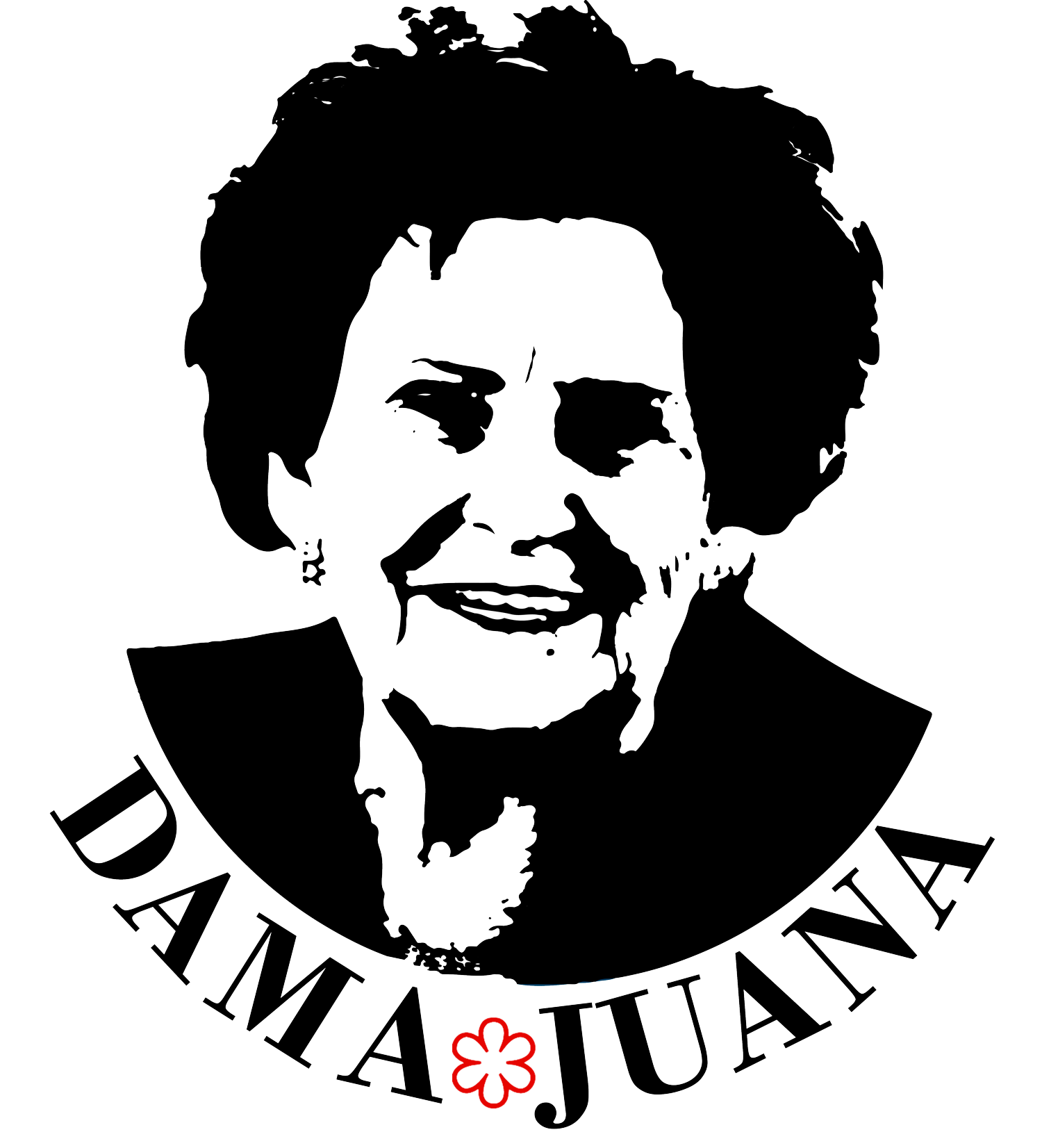Content
According to the CDC, drinking alcohol in moderation is safe for most people. A moderate amount equates to one glass of alcohol or less per https://ecosoberhouse.com/ day for females and two glasses of alcohol or less per day for males. Alcohol is a diuretic and therefore causes excessive urination.
- Urine output was measured after each hour of the observation period.
- When hypohydrated, the addition of the same volume of alcohol caused an average additional volume of 87 ml to be produced, with a range of individual responses from −165 to 411 ml.
- Hangover symptoms peak when the blood alcohol concentration in the body returns to about zero.
- However, certain styles of craft beer are as much as 9% alcohol per the same volume.
- Before starting this section, it’s important to note that in most cases, there’s no real need to rehydrate quickly after drinking.
It took 4 h after drink consumption for the difference in urine production between EA and ENA trials to reach statistical significance. Serum osmolality was significantly greater in EA compared with ENA for 3 h after drinking but by the end of the 4-h monitoring period, serum osmolality was not different between treatments. Blood alcohol concentration peaked at 1 h after ingestion and remained significantly elevated in EA compared with ENA for 3 h after drinking. Therefore, based on the present results, whichever of these two factors influences the alcohol-induced diuresis, there is a time delay in its action when administering a low dose of alcohol. This means that your body experiences a decrease in the body fluid volume on account of chronic alcohol intake, resulting in an increased thirst sensation or feeling of dehydration. Heavy drinkers may find themselves increasingly in a state of dehydration or having a dry throat after a night of drinking alcohol.
Thin Bones, Less Muscle
Your normal retention rate isn’t going to be what your body is accustomed to. An holistic recovery, which can help assist in making sure alcohol stays away. However, if you plan to partake in beer, wine, or other alcoholic beverages, there are a few things that can be done to lessen dehydration’s toll on your body.
Why eat after drinking alcohol?
But eating also plays a big role in how your body handles alcohol. Alcohol is most quickly absorbed by the small intestine. The longer alcohol stays in the stomach, the slower it is absorbed and the slower it affects the body. Food prevents alcohol from passing quickly into your small intestine.
The other 2.5 ml was dispensed into K2EDTA-treated tubes and mixed well. From this, 4 × 100 μl aliquots of whole blood were deproteinized into 4 × 1 ml 0.3 N perchloric acid for the analysis of blood glucose and alcohol concentrations. The remaining whole blood was used to determine haemoglobin concentration and haematocrit. For each urine sample, subjects were asked to empty their bladder as fully as possible.
Nutrition for Older Adults: Why Eating Well Matters as You Age
By that we mean, drinking a glass of water between every alcoholic beverage or making sure to rehydrate properly as soon as you’ve stopped drinking. There are many different beverages to choose from too keep you hydrated throughout the day. Although plain, old water is an obvious choice, some people also turn to sports drinks and coconut water to keep their body hydrated.
Some people take over-the-counter pain relievers, such as aspirin or ibuprofen (Advil, Motrin IB, others), to prevent hangover symptoms. But ask your doctor if this is safe for you and what dosage is best for you. These medications may interact with other medications, does alcohol dehydrate you and acetaminophen (Tylenol, others) may cause liver damage if too much alcohol is consumed. Moderate alcohol use for healthy adults means up to one drink a day for women of all ages and men older than age 65, and up to two drinks a day for men age 65 and younger.
The Risks of Mixing Alcohol and Summer Heat
You can get that amount from 12 ounces of beer with 5% alcohol, 8 ounces of malt liquor with 7% alcohol, one shot (or 1.5 ounces) of hard liquor with 40% alcohol, or 5 ounces of wine with 12% alcohol. Drinks with a higher alcohol content — and therefore more potential to dry you out — include vodka, gin, rum, and whisky. Beer and wines, meanwhile, tend to have lower alcohol content, though fortified wines like sherry and Madeira pack a kick at above 14.5% alcohol. Percentage change in plasma volume compared with the pre-dehydration baseline over the duration of the trials. There were no significant differences between the trials and no effect of time.
Dehydration occurs when the body loses more fluids than it takes in, and alcohol can exacerbate this by increasing urine production and interfering with the body’s ability to retain water. In recent years, more information has been provided around the topic of how hydration is more important than most people previously thought so. Including more hydration into your daily routine has become a hot topic within the general public. A common question that is raised often is, “how much do other drinks like caffeine and alcohol consumption affect your hydration? One night of binge drinking can jumble the electrical signals that keep your heart’s rhythm steady.
That means you have to go more often, which can leave you dehydrated. When you drink heavily for years, that extra workload and the toxic effects of alcohol can wear your kidneys down. But it’s best if these drinks are spread out over the week rather than enjoyed all in one sitting. But those amounts are based on specific concentrations of alcohol by volume, or ABV.
